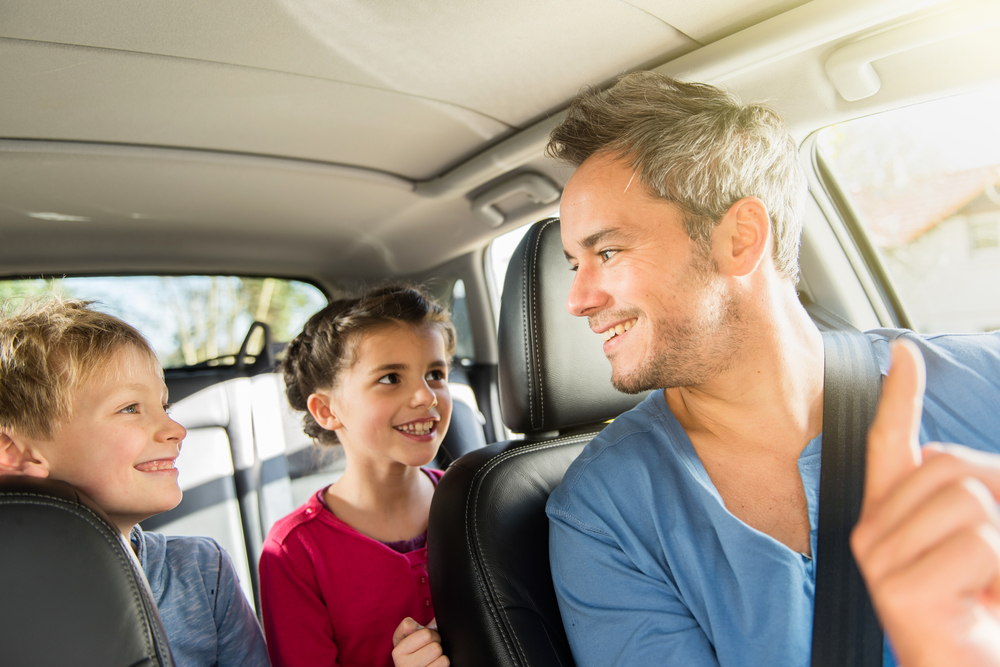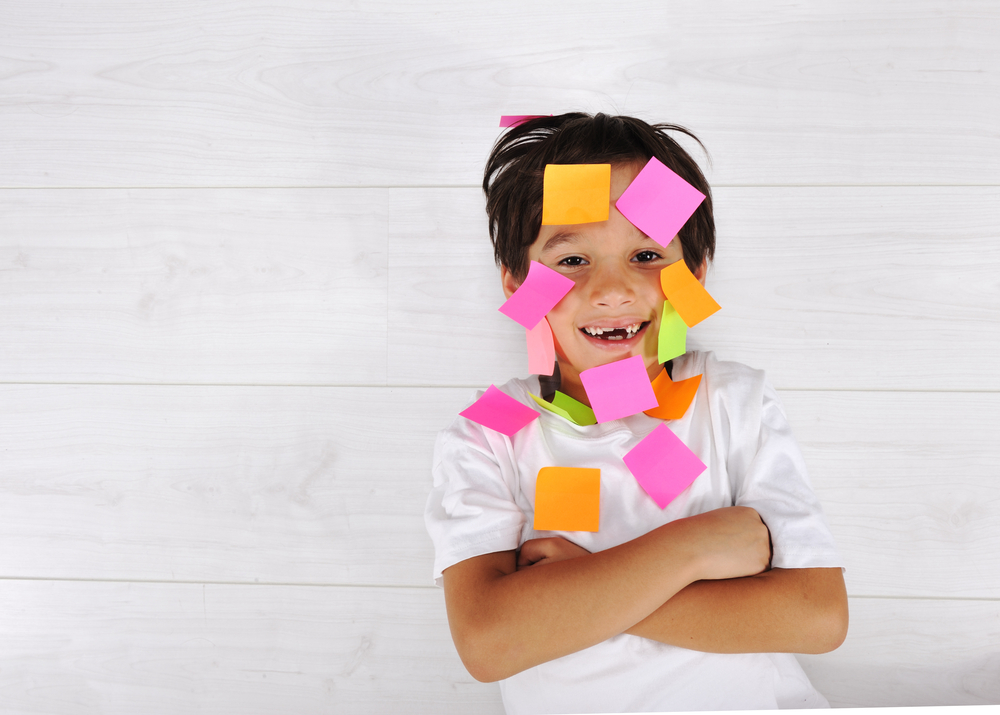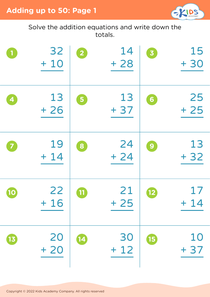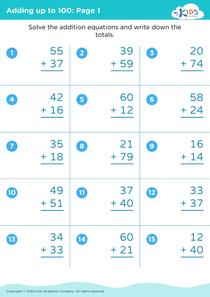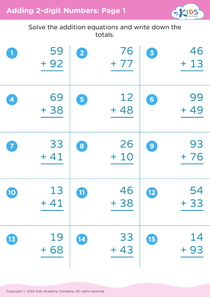Visual-motor skills Adding Up to 5 Worksheets for Ages 3-6
3 filtered results
-
From - To
Develop your child's early math skills with our engaging "Visual-motor Skills Adding Up to 5" worksheets, specially designed for ages 3-6. These printable sheets combine fun activities and vibrant illustrations to help young learners practice addition and strengthen visual-motor coordination. Through hands-on exercises, kids learn to recognize numbers, count objects, and solve simple math problems, reforging their fine motor skills. Perfect for preschool and kindergarten, these worksheets support early childhood education and prepare your little one for school success. Unleash the joy of learning where math meets play!
Visual-motor skills are crucial for the foundational development of young children, particularly ages 3-6, and understanding simple math like adding up to 5 engages these skills profoundly. These skills encompass the coordination of visual perception and motor control, essential both in academic and everyday tasks. When children work on adding up to 5, they are not just learning basic arithmetic. They are also practicing hand-eye coordination as they move objects, use counting tools, or draw numbers, which boosts their ability to perform tasks like writing, cutting, or playing sports.
Incorporating exercises for adding up to 5 also promotes cognitive development. Sequencing numbers, understanding quantities, and conceptualizing math problems enhance focus, attention span, and problem-solving abilities. For children in this critical age group, honing both visual and motor skills simultaneously supports neural connections that are necessary for future complex learning experiences.
Parents and teachers should care because these skills are fundamental to a child’s early educational success and everyday adaptability. Encouraging activities that develop visual-motor integration ensures children are well-prepared for more structured learning environments, fostering self-confidence, and setting a strong foundation for lifelong learning and independence. Prioritizing these dual-development areas fosters holistic growth and development during a pivotal stage in a child’s life.
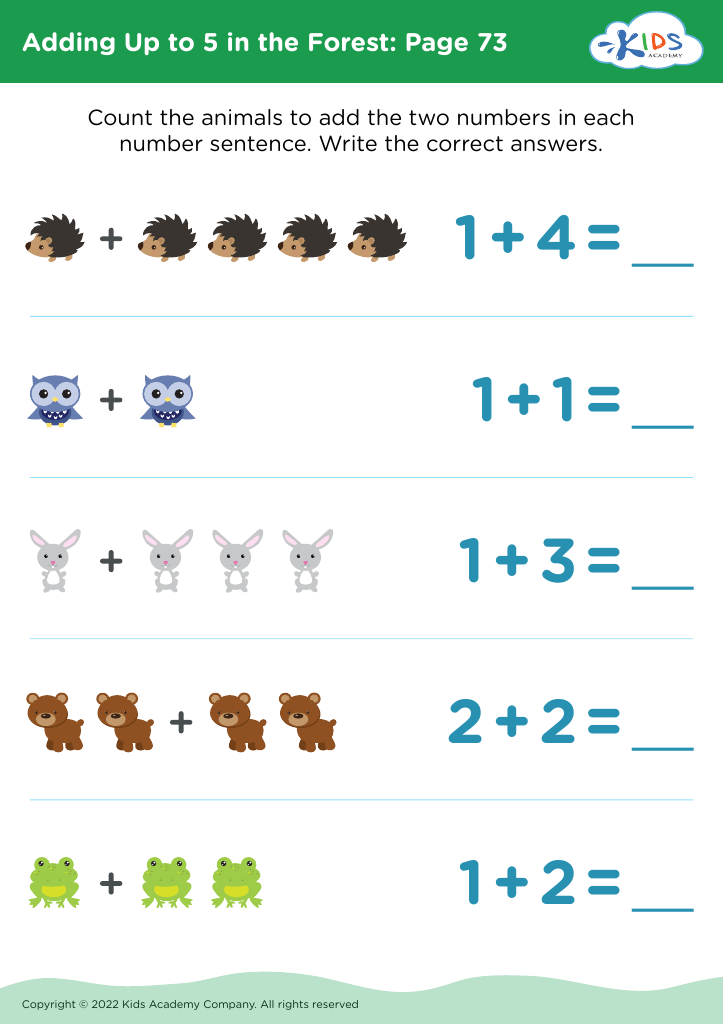
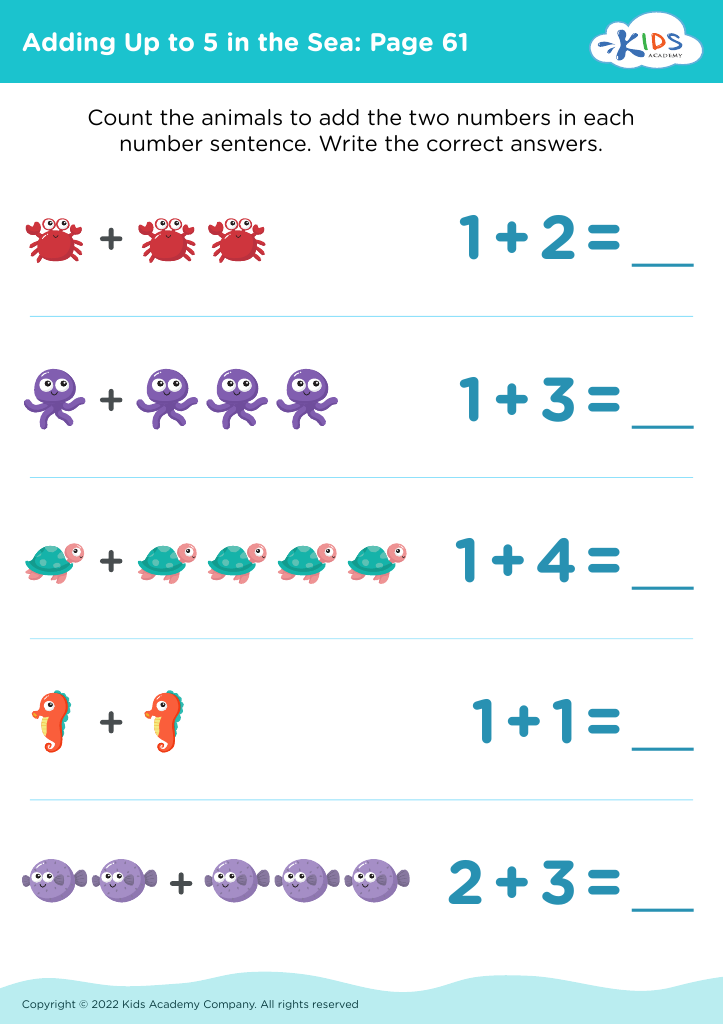
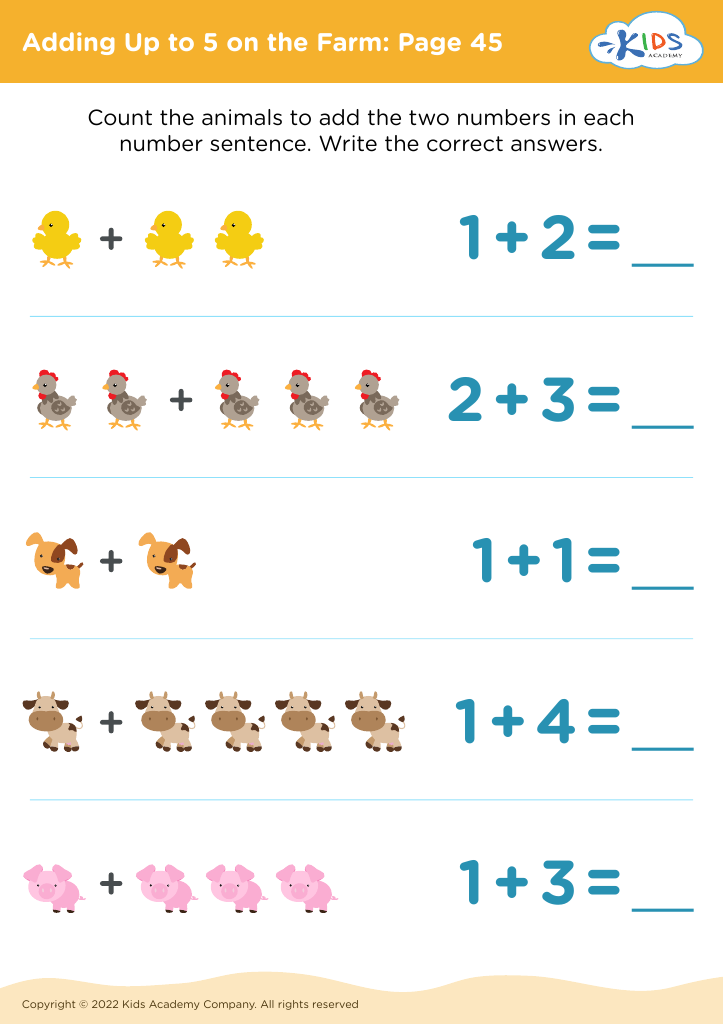


.jpg)
%20(1).jpg)


